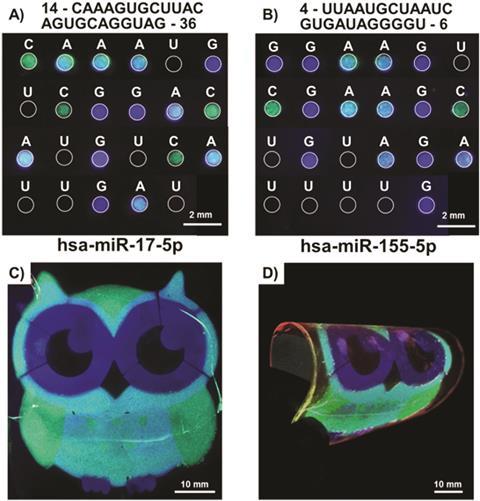In recognition of the Journal of Materials Chemistry A community of authors and readers, we have put together an online collection, featuring the most downloaded articles published in Journal of Materials Chemistry A in 2017. This online collection of research articles reflects the high quality of work published by the journal and the reach of the journal’s voice in our community.
The full online collection can be accessed here.
A selection of the included publications:
Shuhui Li, Jianying Huang, Zhong Chen, Guoqiang Chen and Yuekun Lai
J. Mater. Chem. A, 2017, 5, 31-55
Characterization and properties of Zn/Co zeolitic imidazolate frameworks vs. ZIF-8 and ZIF-67
Kui Zhou, Bibimaryam Mousavi, Zhixiong Luo, Shophot Phatanasri, Somboon Chaemchuen and Francis Verpoort
J. Mater. Chem. A, 2017, 5, 952-957
Chaoying Wan and Christopher Rhys Bowen
J. Mater. Chem. A, 2017, 5, 3091-3128
Mixed-metallic MOF based electrode materials for high performance hybrid supercapacitors
Yang Jiao, Jian Pei, Dahong Chen, Chunshuang Yan, Yongyuan Hu, Qiang Zhang and Gang Chen
J. Mater. Chem. A, 2017, 5, 1094-1102
A review of Ni-based layered oxides for rechargeable Li-ion batteries
Jing Xu, Feng Lin, Marca M. Doeff and Wei Tong
J. Mater. Chem. A, 2017, 5, 874-901
Elucidating the alkaline oxygen evolution reaction mechanism on platinum
M. Favaro, C. Valero-Vidal, J. Eichhorn, F. M. Toma, P. N. Ross, J. Yano, Z. Liu and E. J. Crumlin
J. Mater. Chem. A, 2017, 5, 11634-11643

















